
There is a lot of very specific terminology used in the world of sales performance management. Different vendors may use different terms, so it is important when starting a project to make sure everybody understands what is what to avoid any confusion.
Bonus: A performance-based reward or payment to an individual, team, business unit, or work force, made in cash, stock, options, or other form.
Calendar: A set of continuous, non-overlapping periods that define when a compensation plan is in use.
Commission: One type of incentive, often expressed as a percentage of sales, gross margin or dollar amounts per unit sold.
Credit: The amount of credit received for making a sale, where revenue is usually the measure for sales credit, although sometimes the number of units or some other measure is used.
Draw: Cash payment advanced against future income. There are two types: non-recoverable and recoverable.
Formula: A method of calculating compensation that relates pay opportunity to performance achievement, generally falling into one of three categories: 1) Unlinked incentive formula; 2) Adjusted-value incentive formula; and 3) Linked-incentive formula.
Lookup Table: Multi-dimensional: Created by the user to store values for use in rules and formulas.
Participant / Payee: Person participating in your company's variable compensation program.
Plan: A collection of rules that specify how to compensate the participants assigned to that plan.
Position: Defines a specific, unique job.
Quota: A predetermined sales performance goal, expressed as a percentage, percentage change, in absolute numbers, or in units sold.
Quota Attainment: The percentage calculated from dividing the amount of sales credit earned (represented by a performance measure amount) and the quota for a performance period and participant.
Rate Table: One-dimensional: A lookup table used for calculating commissions. The first column in the table represents ranges of quota attainment. The second column represents the pay-out rate for transactions within that range.
Rule: A way to filter and calculate in the form of an "if-then" statement. The "if" contains a Boolean expression that selects objects from the database (for example, which transactions to use). The "then" part contains formulas that calculate and save new values.
SPIF: Acronym that stands for "Sales Promotion Incentive Fund." SPIF is a loose term referring to an on-the-fly addition to the compensation plan used to motivate the sales force in a particular way by providing additional sales credit or payment for certain types of sales.
Territory: A way of defining which transactions a participant should be credited with. It is usually a geographic area, but could also be an industry or a specific set of customers.
Title: Occupational grouping, such as engineers, systems analysts, etc. Titles are used to group similar positions related by job function across the organization.
Transaction: The original sales data, wich includes sub-line data on an order.
Variable: A placeholder in a rule or formula for a fixed value, rate table, or territory.
 Varicent Software Announces Strategic Partnership with OpenSymmetry
Varicent Software Announces Strategic Partnership with OpenSymmetry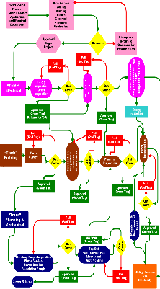




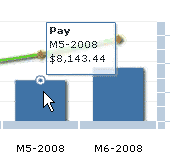

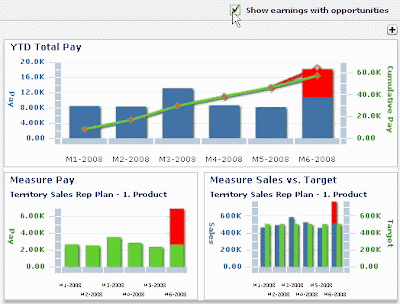
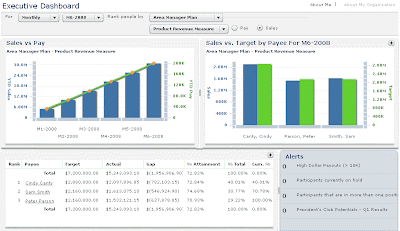
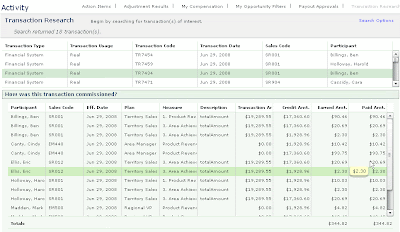
 The next step consists in specifying what is being measured, and defining any filters (for example, exclude sales to existing customers):
The next step consists in specifying what is being measured, and defining any filters (for example, exclude sales to existing customers): 

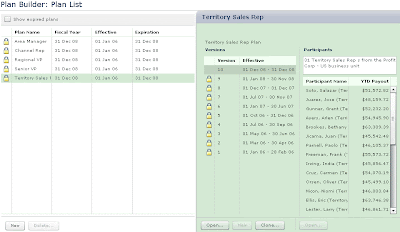





 nGenera
nGenera









